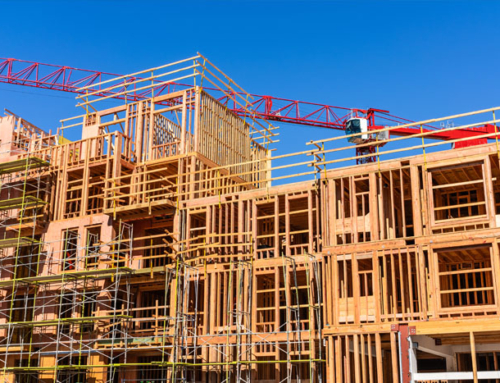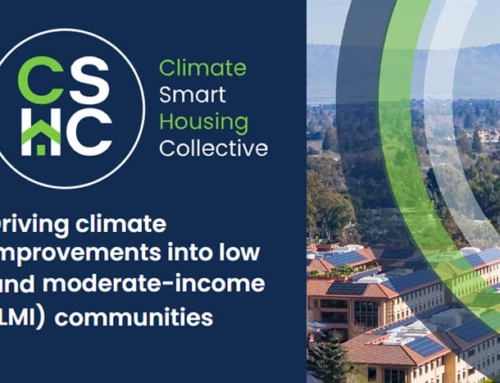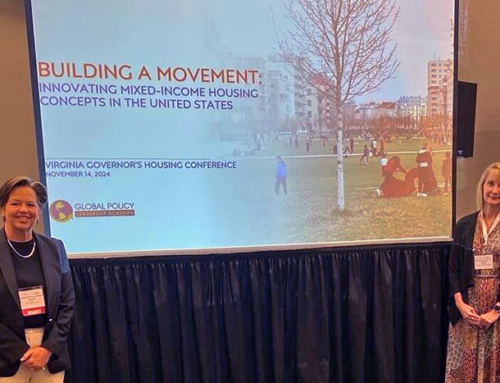Residential and commercial buildings are responsible for roughly 25% of California’s greenhouse gas emissions, and funding such as the EPA’s Greenhouse Gas Reduction Fund can potentially support affordable housing developers in addressing the twin goals of climate and housing. On June 1, 2023, all new affordable housing projects proposed in the City of Los Angeles will be required to be all-electric. With this, LA will be the largest city in the state and the second largest city in the country to mandate a definitive shift away from fossil fuels in new construction – doing so with significant community engagement and local input. The City is also considering electrification requirements for existing buildings, although no firm guidelines or timeline has yet been set.
In anticipation of this transition, the Southern California Association on Nonprofit Housing (SCANPH) and California Housing Partnership (CHP), with funding from Wells Fargo, held the third annual LA Affordable Housing Decarbonization Summit on February 16, 2023. Sessions focused on advancing all-electric new construction, rehab electrification, and the City’s work to prepare for the upcoming transition. Affordable housing developers and stakeholders heard about electrification case studies from National CORE, Community Corporation of Santa Monica, and Holos Communities, and the Association for Energy Affordability presented examples of how to layer funding sources to incorporate these features. Representatives from the LA Department of Building and Safety, Department of Water and Power (DWP), and the Housing Department emphasized the communication and coordination occurring between the departments in preparation for this change; DWP has designated a specific individual to coordinate the electrification process for affordable housing.
The process of decarbonizing affordable housing is rife with complications, and the summit underscored the multiple considerations that developers, advocates, and policymakers need to balance. Developers expressed concern about managing residents’ expectations in relation to adjusting utility allowances and rent amounts as well as encouraging behavioral changes. The impact of design and architecture that incorporates or prepares for equipment such as hot water heat pumps and solar was emphasized. Lastly, the complexity and time-limited nature of funding sources available to support these improvements is a barrier that needs to be navigated.
For more information on available funding sources to support the building decarbonization process, please contact Jacqueline Woo at [email protected].
© LeSar Holdings/LeSar Development Consultants. All Rights Reserved. Please be advised that any republishing of copyrighted material provided by our organization, in whole or in part, requires prior written authorization. For permission, please reach out to [email protected]. We appreciate your understanding and compliance in upholding copyright laws.





















